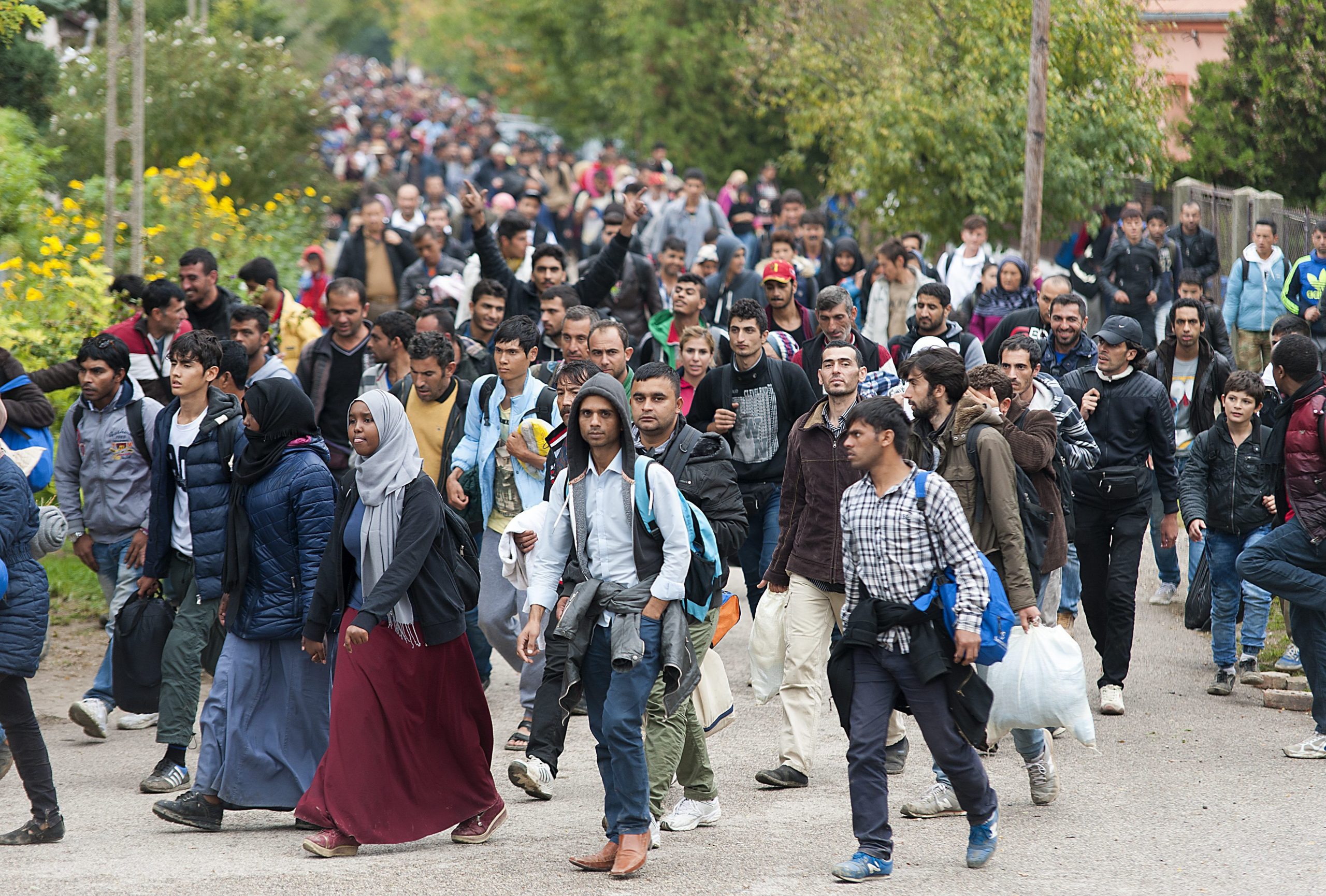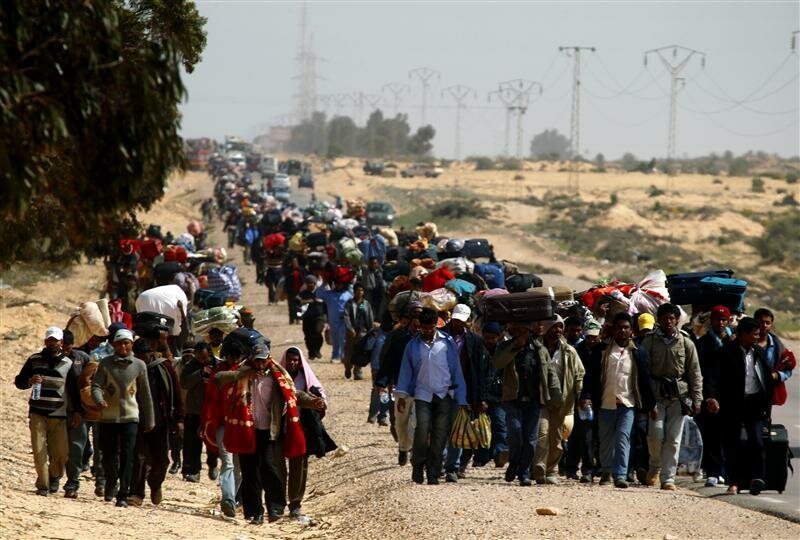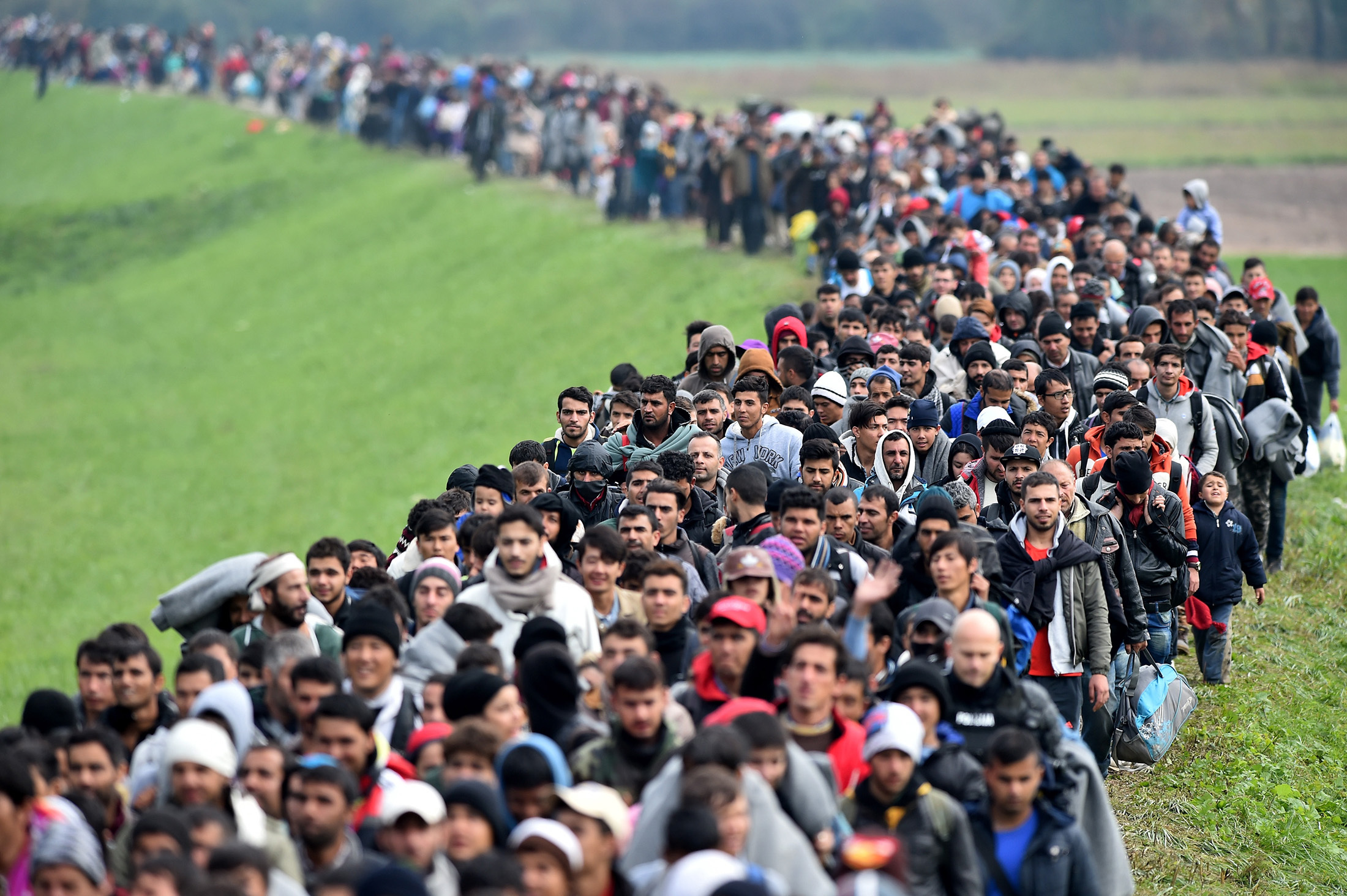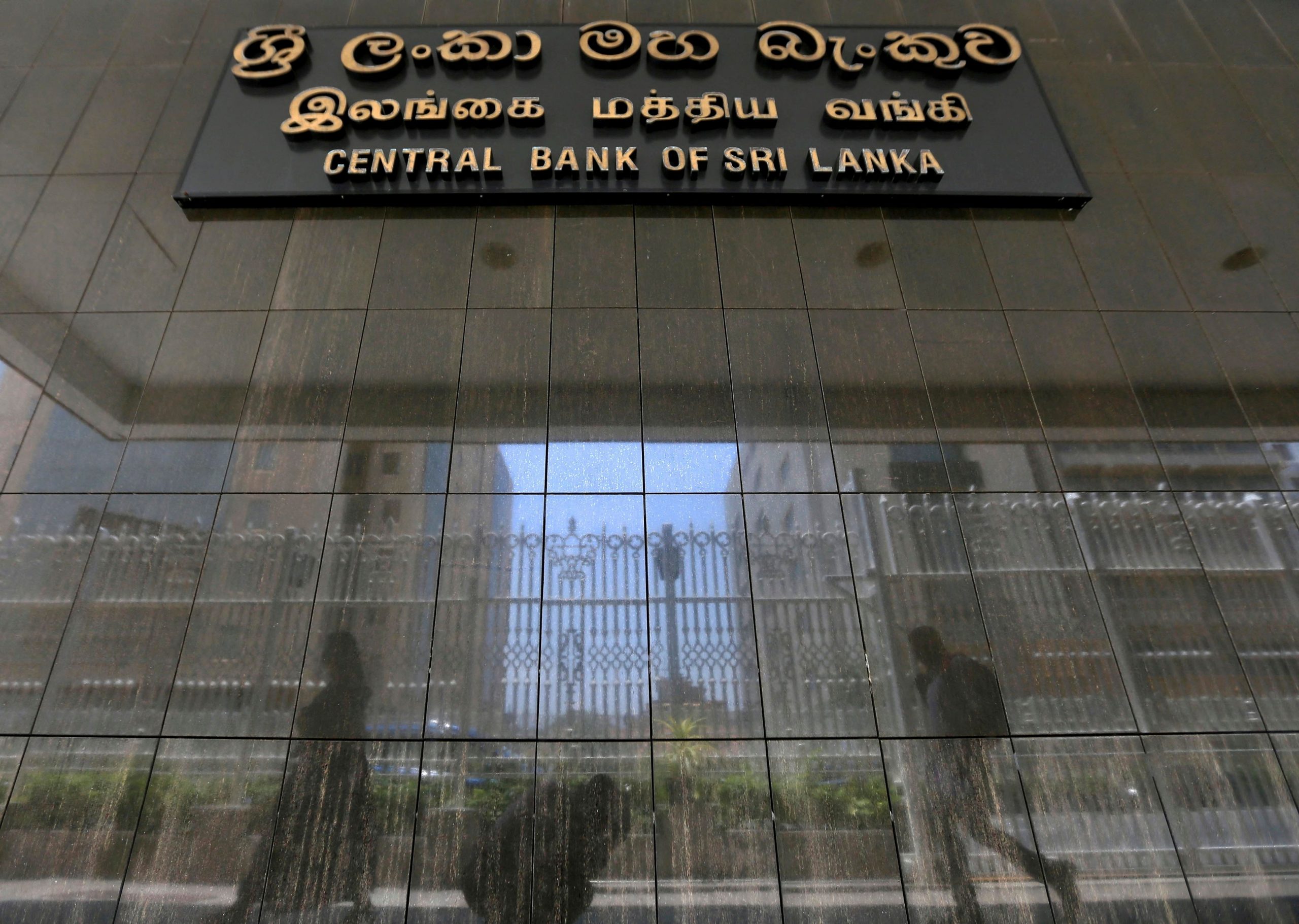Surge of Hope: The Global Exodus Begins as Mass Migration Surges Across Borders
In a remarkable global phenomenon, wealthy nations worldwide are experiencing an unprecedented migration boom. The surging tide of people crossing international borders to settle in countries like Britain, Australia, Spain, America, Canada, and Germany is at its highest in history, reshaping the demographic and economic landscapes of these nations. This seismic shift comes despite a brief period when migration nearly ground to a halt due to COVID-19, and it seemed as though many of these countries had firmly turned against mass migration.
Last year, Britain welcomed an estimated 1.2 million newcomers, likely a record number. Australia’s net migration, which subtracts emigrants from immigrants, is currently double the rate prior to the pandemic. Spain’s equivalent figure recently reached an all-time high. In America, nearly 1.4 million people on a net basis are anticipated to settle this year, a full third more than before the COVID-19 crisis. Canada’s and Germany’s net migration figures for 2022 have both more than doubled their previous records.
For some time, it appeared that wealthy nations had decisively veered against mass migration. Britons voted for Brexit in 2016, and Americans for Donald Trump, both campaigns bearing a potent anti-migrant sentiment. A wave of populism subsequently swept across nations from Australia to Hungary, with promises of severe migration curbs. Then, COVID-19 closed borders, halting migration almost entirely and even reversing it as individuals chose to return home.

However, the current surge in migration, in many areas, restores a sense of normalcy. Singapore’s foreign workforce, for instance, has bounced back to its pre-pandemic level. But in other places, the migration wave is effecting dramatic change. Newfoundland and Labrador, Canada’s second-smallest province by population, is seeing net migration at more than 20 times the pre-pandemic norm. The province’s capital, St John’s, is becoming more diverse, resembling multicultural Toronto, while small rural villages are hosting businesses like Ukrainian bakeries.
What does this migration boom imply for the global economy? Some of the surge can be attributed to migrants making up for lost time, traveling to their destinations after obtaining visas during the pandemic. However, the fact that the wealthy world’s foreign-born population, now well over 100 million, exceeds its pre-crisis trend suggests a different dynamic at play.
The post-pandemic economy, characterized by a low unemployment rate of 4.8% in the rich world and near-record vacancies, provides a powerful draw for migrants. Moreover, currency depreciation in many emerging markets against the dollar gives migrants an opportunity to send more money home than before.
An increasing number of countries are actively seeking to attract more inhabitants. From 2023 to 2025, Canada aims to extend a warm welcome to 1.5 million newcomers. Meanwhile, Germany and India have recently concluded an agreement to facilitate a greater number of Indians to study and work in Germany. The UK has become a refuge for Hong Kong residents fleeing Chinese dominance, with an influx of over 100,000 to date.
Economies that embrace immigrants often reap long-term rewards. Immigrants bring a wave of innovation and exhibit a higher propensity to set up businesses – according to recent studies, immigrants in the United States are approximately 80% more likely than native-born citizens to establish a company. Additionally, immigrants bridge their native and host countries through trade and investment channels and contribute to the host nation’s tax revenue through their work.

While some economists hope that the surge in migration will yield instant benefits such as assisting the Federal Reserve in tempering the labor market and reducing inflation, this perspective might be overly optimistic. Although an enlarged labor pool could theoretically suppress wage growth, the impact tends to be minimal. Furthermore, immigrants boost the demand for goods and services, which could potentially lead to inflation. For example, in the UK and Australia, new immigrants seem to be driving up rental prices, contributing to an increased consumer price index overall.
Migration trends may slightly decelerate over the next year as the post-pandemic “bounce-back” phase concludes and labor markets in wealthier countries start to relax. However, generous immigration policies and the persistence of ongoing migration – as new immigrants bring over their children and partners – could sustain high levels of new arrivals for the foreseeable future.
This momentous migration boom is set to leave a lasting imprint on the world’s wealthy nations. As these countries adapt to this influx, the anti-immigrant sentiment of the late 2010s may soon be remembered as nothing more than a temporary aberration.
©traders-news.online










